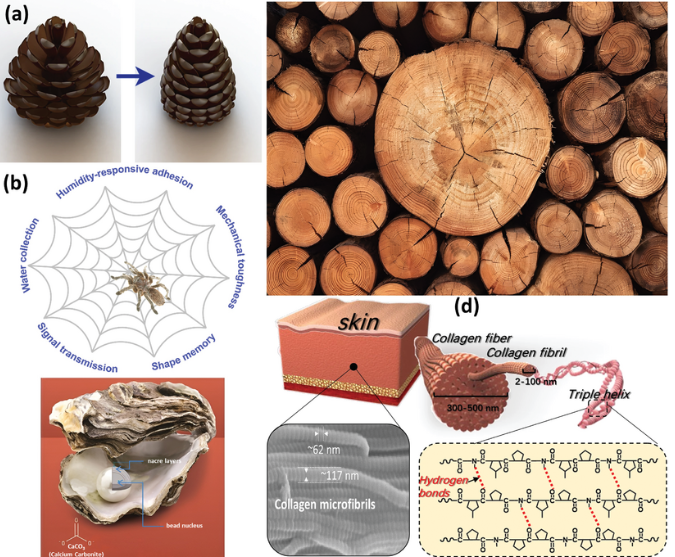Revolutionizing Rocket Engines: ISRO's Breakthrough in Additive Manufacturing
- Aniksha Kar
- May 11, 2024
- 1 min read

ISRO, the Indian Space Research Organisation, has recently made a groundbreaking advancement in rocket engine technology. Through the utilization of additive manufacturing (AM), commonly known as 3D printing, ISRO has successfully conducted a long-duration test of its PS4 engine. This engine, integral to the Polar Satellite Launch Vehicle (PSLV) upper stage, underwent significant redesigning for production using AM techniques.Traditionally manufactured through machining and welding routes, the PS4 engine has now transitioned into a single-piece structure, thanks to the innovative Laser Powder Bed Fusion technique employed in AM. This transition not only streamlined the production process but also resulted in remarkable savings of raw materials – a staggering 97% reduction compared to conventional methods. Moreover, the number of parts decreased from 14 to a single piece, eliminating 19 weld joints and vastly reducing overall production time.The engine, utilizing earth-storable bipropellant combinations, underwent rigorous testing at ISRO's Propulsion Complex in Mahendragiri, Tamil Nadu. Prior to the hot testing, detailed flow and thermal modeling, structural simulation, and cold flow characterization were conducted to ensure optimal performance.This achievement signifies a significant leap forward for ISRO, showcasing its prowess in adopting cutting-edge technologies to enhance efficiency and reliability in space exploration. With plans to integrate the AM PS4 engine into the regular PSLV program, ISRO continues to solidify its position as a global leader in space technology innovation.




Comments